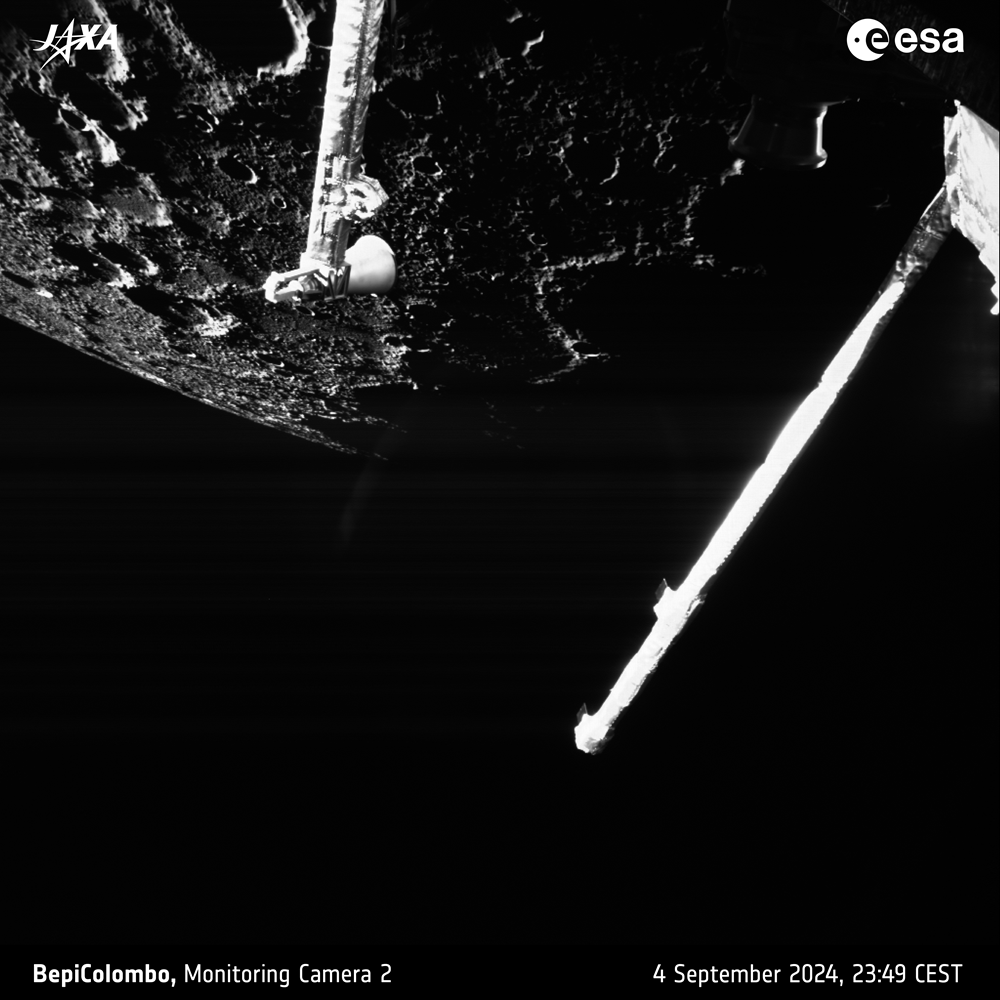OU News
News from The Open University
- Home
- OU researcher helps to solve the mystery of Mercury’s ‘missing meteorites’
OU researcher helps to solve the mystery of Mercury’s ‘missing meteorites’
Posted on • Science, maths, computing and technology

Mercury’s elusive meteorites have never been conclusively identified, however, a new study published in Icarus by OU academic, Dr Ben Rider-Stokes, may offer the best understanding yet.
The new research suggests two unusual meteorites may be our best analogues yet, offering a rare window into Mercury’s formation and evolution, and reshaping our understanding of the innermost planet.
Because Mercury is so close to the Sun, any space mission to retrieve a sample would be complex and costly. A naturally delivered fragment, therefore, could be the only practical way to study its surface directly, making such a discovery scientifically invaluable.
A space science conundrum
Observations from NASA’s MESSENGER mission have inferred the surface composition of Mercury.
The ungrouped meteorite Northwest Africa (NWA) 7325 was initially proposed as a possible fragment of Mercury. However, its mineralogy includes chromium-rich pyroxene, which poorly matches Mercury’s inferred surface composition, leading to the link being challenged.
Despite ongoing research, the existence of a definitive meteorite from Mercury remains unproven.
Unravelling Mercury’s past
Dr Rider-Stokes research investigates two unusual meteorites, Ksar Ghilane 022 and Northwest Africa 15915. The two samples appear to be related, likely originating from the same parent body, and their mineralogy and surface composition exhibit intriguing similarities to Mercury’s crust, prompting speculation about a possible Mercurian origin.
Dr Rider-Stokes commented:
“Mercury has always been a bit of a mystery due to its unique mineralogy inferred from space missions. While many attempts have been made to link a meteorite to the planet, no such meteorite has been confidently linked. The discovery of these two unique meteorites, with a mineralogy similar to that of the surface, was an exciting surprise. This prompted a more in-depth analysis of their chemistry and isotopic compositions.”
Both meteorites contain iron-poor olivine and pyroxene, minor albitic plagioclase, and distinctive sulfide phases, features consistent with predictions for Mercury’s surface composition. Additionally, their oxygen isotopic compositions match those of aubrites, which have previously been proposed as meteorites derived from Mercury’s shallow mantle.
These shared characteristics make the samples compelling analogs for Mercurian material.
However, notable differences exist. Both meteorites contain only trace amounts of plagioclase, in contrast to Mercury’s surface, which is estimated to contain over 37%. The researchers also calculated the formation age of the samples to 4528 ± 10 million years, significantly older than Mercury’s oldest recognised surface units, predicted (based on meteorite crater counting) to be approximately 4000 million years.
If these meteorites do originate from Mercury, they may represent early crustal material no longer preserved in the planet’s current surface geology.
The future of Mercury research
To link any meteorite to a specific asteroid type, moon, or planet is extremely challenging. Until we visit Mercury and bring back material, it will be extremely difficult to assess a meteorite-planet link.
ESA’s/JAXA’s BepiColombo space mission is now approaching its orbital science phase, resulting in a higher spatial resolution analysis of surface composition. A better determination of the regional-scale mineralogy of Mercury may then be able to identify a parental source for meteorites such as Ksar Ghilane 022 and Northwest Africa 15915.
Dr Rider-Stokes added:
“While there are clear differences between the samples and the surface of Mercury (such as MID-IR data, plagioclase content, and chronological age), one cannot rule out a Mercurian origin. If these samples do come from Mercury, they would serve as treasure troves for future research, contributing to a better understanding of the Solar System.”
Read the research in full: Icarus: Insights Into Pyroxene-Dominated Surfaces and Implications for Ongoing Space Exploration Missions.
Header image: BepiColombo’s closest view of Mercury. Credit: ESA/BepiColombo/MTM